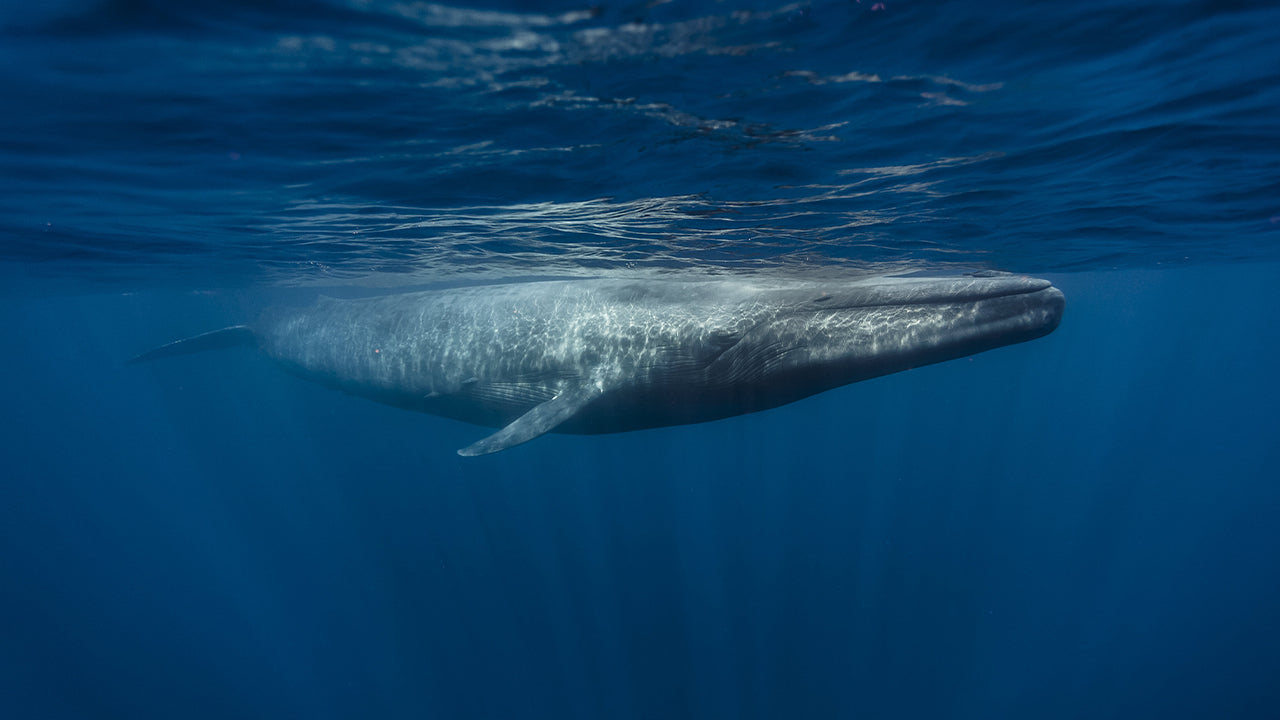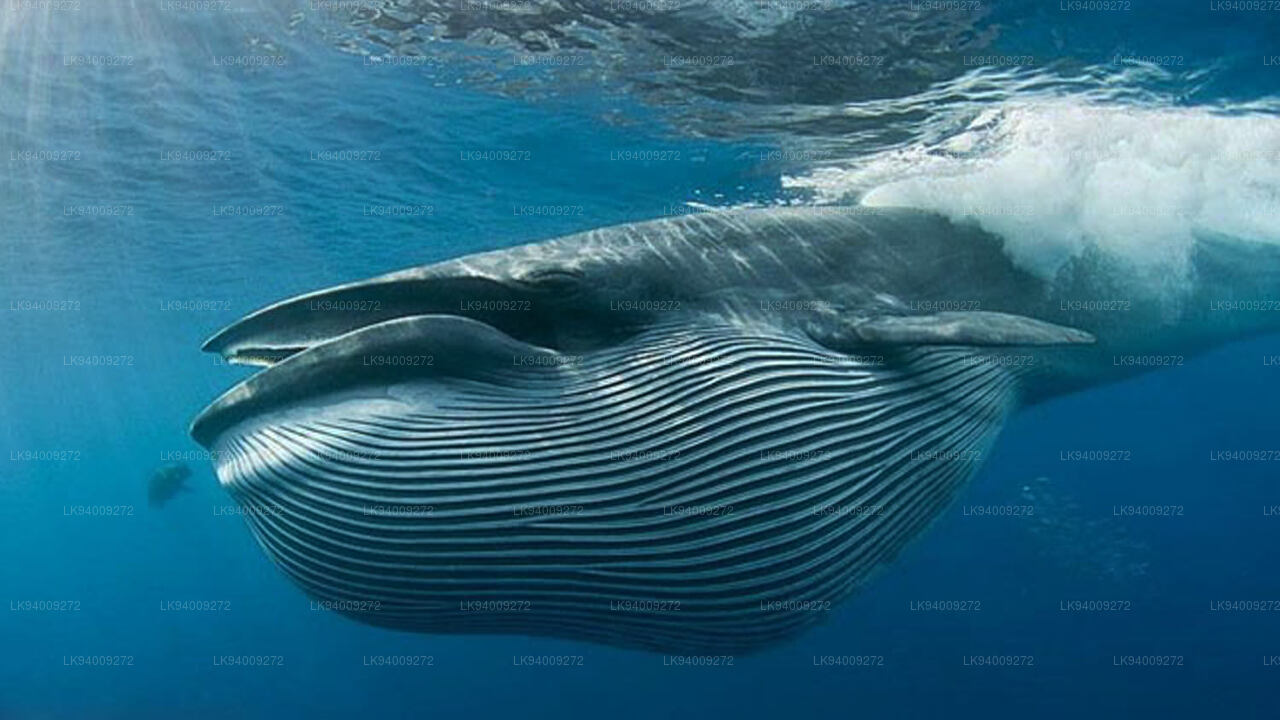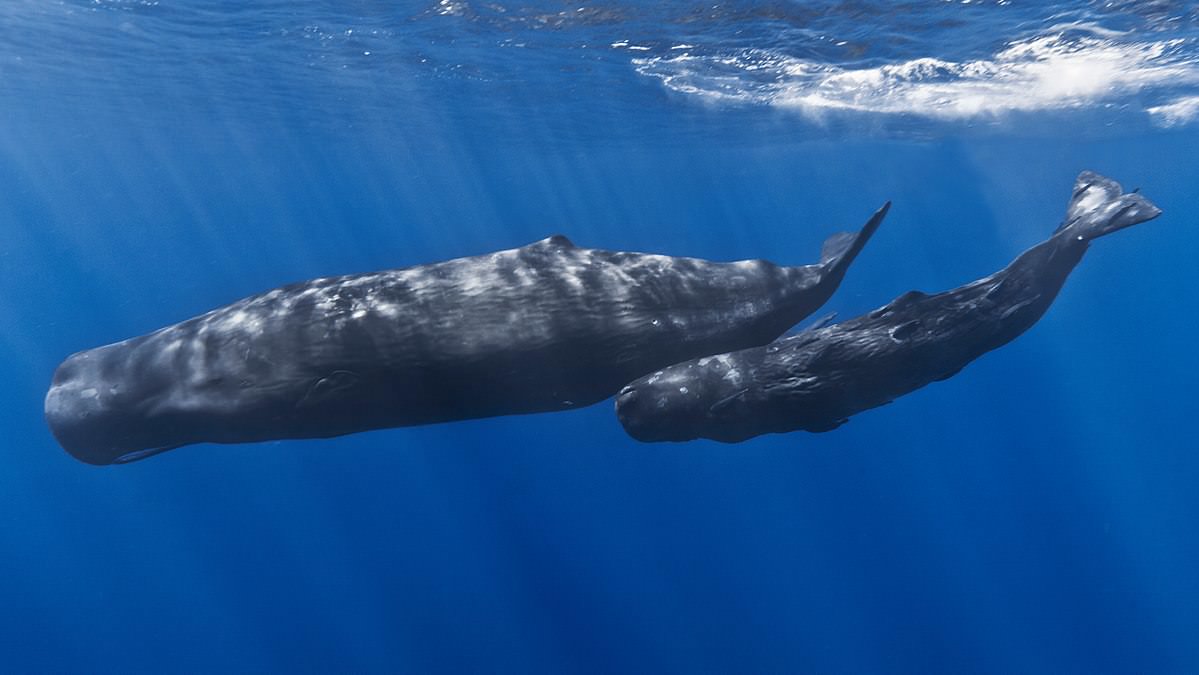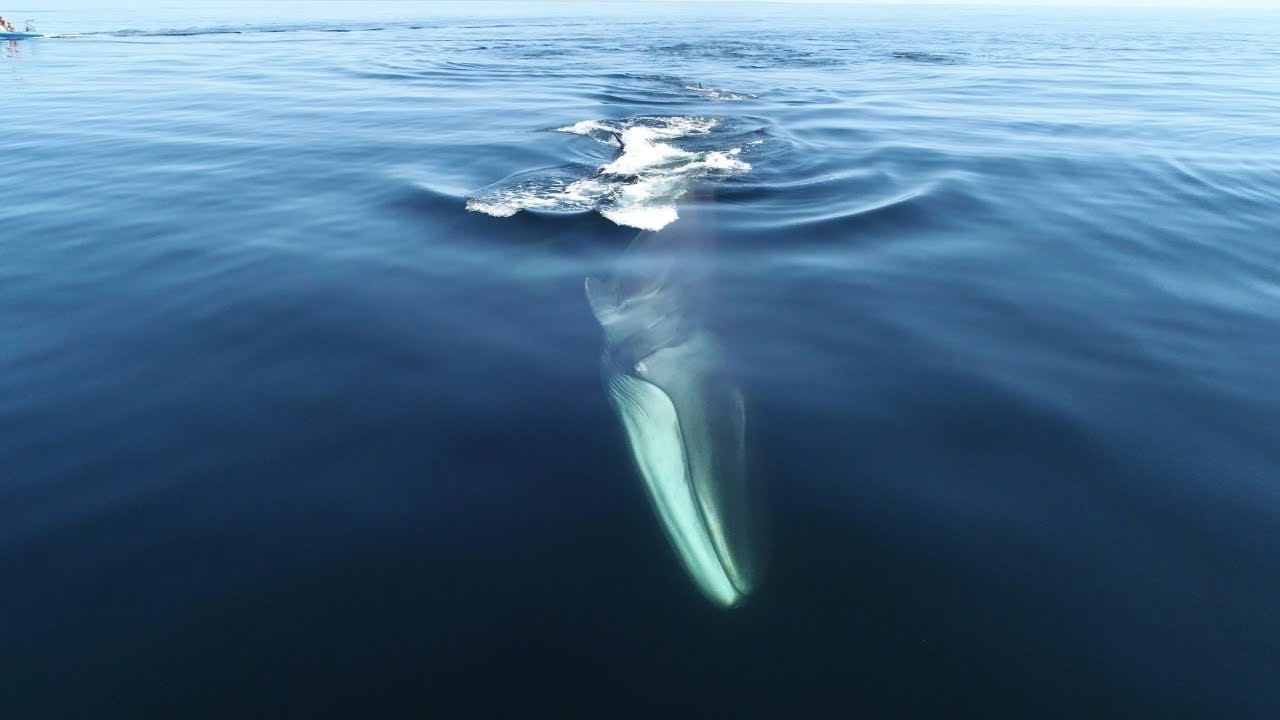
Whales
Whales, the majestic giants of the ocean, captivate with their immense size, unique vocalizations, and complex social structures. These marine mammals play a crucial role in maintaining the balance of marine ecosystems, making them a symbol of both awe and environmental conservation.
Whales
Whales are warm blooded, marine mammals which are of the order Cetacea. They breathe air, give birth to live young and are found in all the oceans of the world. Whales are divided into two suborders, the Odontoceti (toothed whales) and Mysticeti (baleen whales). Mysticeti are toothless mammals while instead of teeth, they have a rigid brush like whalebone plate material which is called ‘baleen’ which hangs from their upper jaw area.
These mammoth sea creatures are indeed a spectacular sight to witness while there are a number of tour packages that we have in store for the adventure loving tourists. Some of the best Whale watching destinations in Sri Lanka consist of the Alankuda Beach in Kalpitiya along the West Coast, Mirissa or Dondra in the Deep South and Trincomalee along the East Coast. Destinations such as Aluthgama, Ambalangoda and Hikkaduwa are also known for the sighting of whales. There are 80 species of whales that have been identified in all oceans, while 26 of them have been recorded up to date in and around the seas of Sri Lanka.
Some of them include the Blue Whale (Balaenoptera musculus), Humpback Whale (Megaptera novaeangliae), Fin Whale (Balaenoptera physalus), Killer Whale (Orcinus Orca), Minke Whale (Balaenoptera acutorostrata), Sperm Whale (Physeter macrocephalus), Pygmy Sperm Whale (Kogia breviceps), Dwarf Sperm Whale (Kogia simus), Bryde’s Whale (Balaenoptera brydei), Melon Headed Whale (Peponocephala electra), Cuvier’s Beaked Whale (Ziphius cavirostris), Ginkgo-toothed Beaked Whale (Mesoplodon ginkgodens), Southern Bottlenose Whale (Hyperoodon planifrons), False Killer Whale (Pseudorca crassidens), Pygmy Killer Whale (Feresa attenuata) and Short-finned Pilot Whale (Globicephala macrorhynchus).
Some of these species are occasional visitors while some are permanent residents around Sri Lankan waters. Most of these whales are seen while migrating from the Arabian seas to the Bay of Bengal. A high concentration of sperm whales and blue whales can be spotted off the coast of Dondra during the months of December to April. According to marine biologists, these whales can be residents or visitors since the continental shelf off Dondra and Mirissa is quite narrow. Also the best spot to have a glimpse of the sperm whale would be along the North-Western coast in Kalpitiya. Whale watching is also possible during the months of June to September along the Eastern coast such as Trincomalee. Whales are fond of deep waters while they have the tendency to communicate with sound and song.
Previously, Trincomalee was considered as the hotspot for Whale Watching but after recent sightings in the Deep South, whale watching expeditions have been increased off the Southern coastal belt as well. The average time duration for a trip would be approximately 4 hours while the trip usually starts off at 6.30 in the morning. We have partnered with a number of water sports centres around the island to offer you the best whale watching experience in Sri Lanka.
-
 Blue Whale
Blue WhaleTagged as an endangered species category the blue whale (balaenoptera musculus) is a marine mammal belonging to the baleen whales. Ranging up to 30 meters in length and approximately 170 tonnes or more.
-
 Bryde’s Whale
Bryde’s WhaleThese mammals are moderately sized rorquals while the average length spans from 45 – 50 feet. The Bryde’s whale is also a baleen whale and belongs to the same group as blue whales and humpback whales.
-
 Sperm Whale
Sperm WhaleThe largest toothed whale and the largest toothed predator, the Sperm Whale (Physeter macrocephalus) or Cachalot stands at an average of 16 meters (52 ft) in length. It has the ability to plunge down to 2250 meters for prey which mainly consists of squid.
-
 Fine Whale
Fine WhaleBelonging to the sub order of baleen whales, the Fin Whale is also called the finback whale, razorback or common rorqual. This marine mammal is considered as the second largest animal after the blue whale while it can grow up to 89 ft.
Explore Whales
-
Whale Watching Boat Tour from Trincomalee Seaport
Regular price From £117.00 GBPRegular priceUnit price / per£101.00 GBPSale price From £117.00 GBP -
Whale Watching Boat Tour from Kalpitiya
Regular price From £57.00 GBPRegular priceUnit price / per£61.00 GBPSale price From £57.00 GBPSale -
Shared Whale Watching Tour from Galle
Regular price From £113.00 GBPRegular priceUnit price / per£137.00 GBPSale price From £113.00 GBPSale -
Whale Watching from Dikwella
Regular price From £65.00 GBPRegular priceUnit price / per











